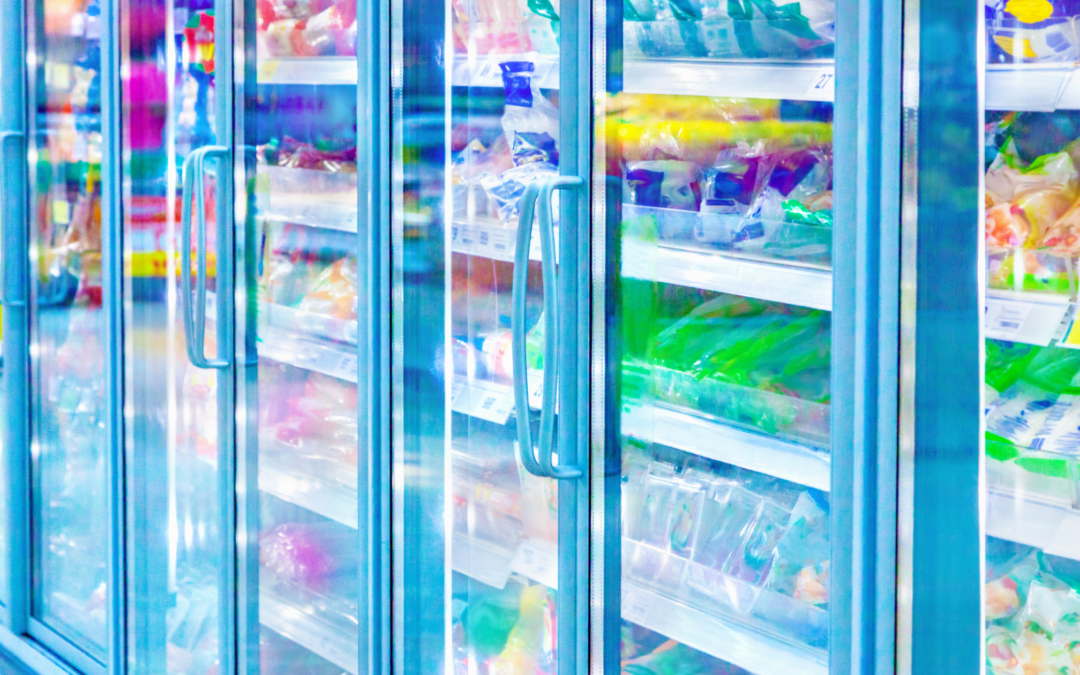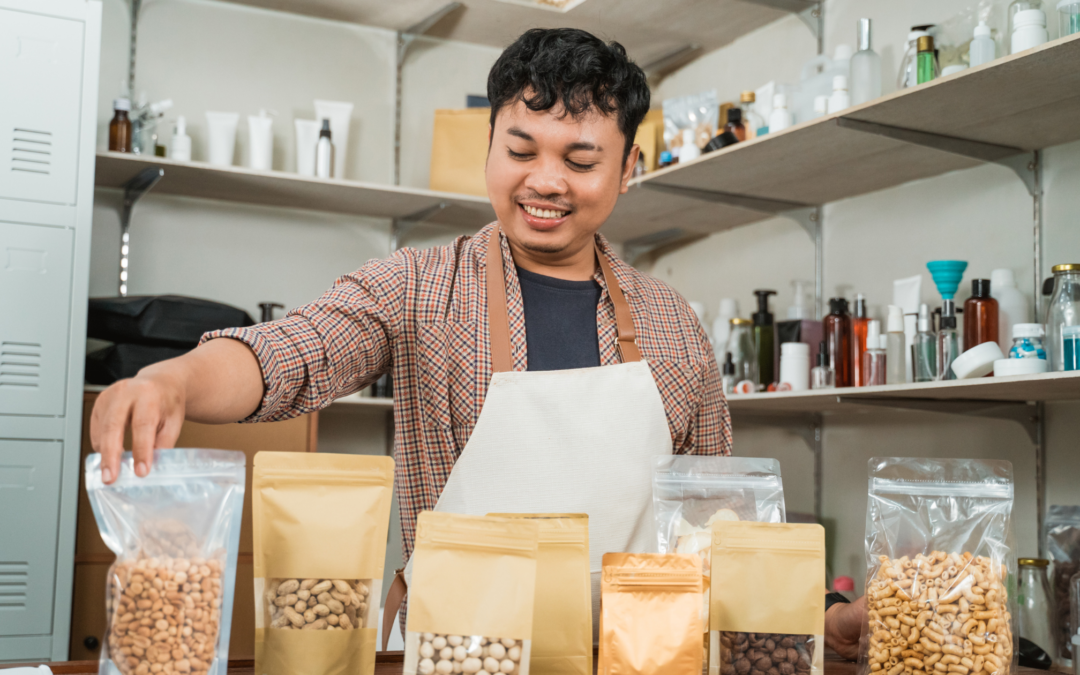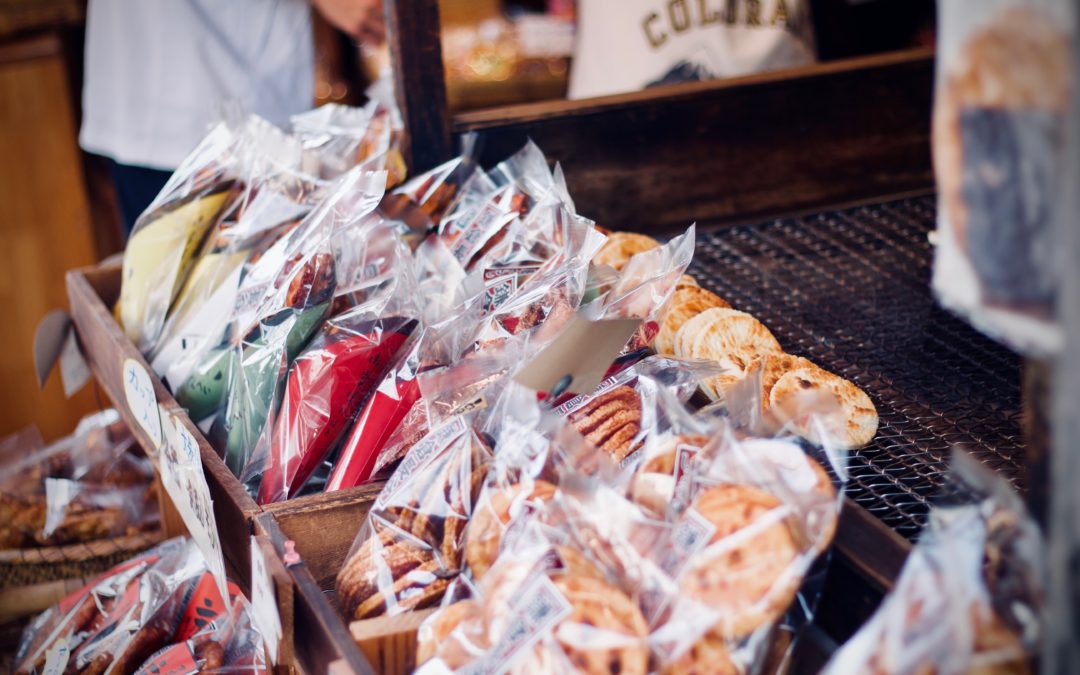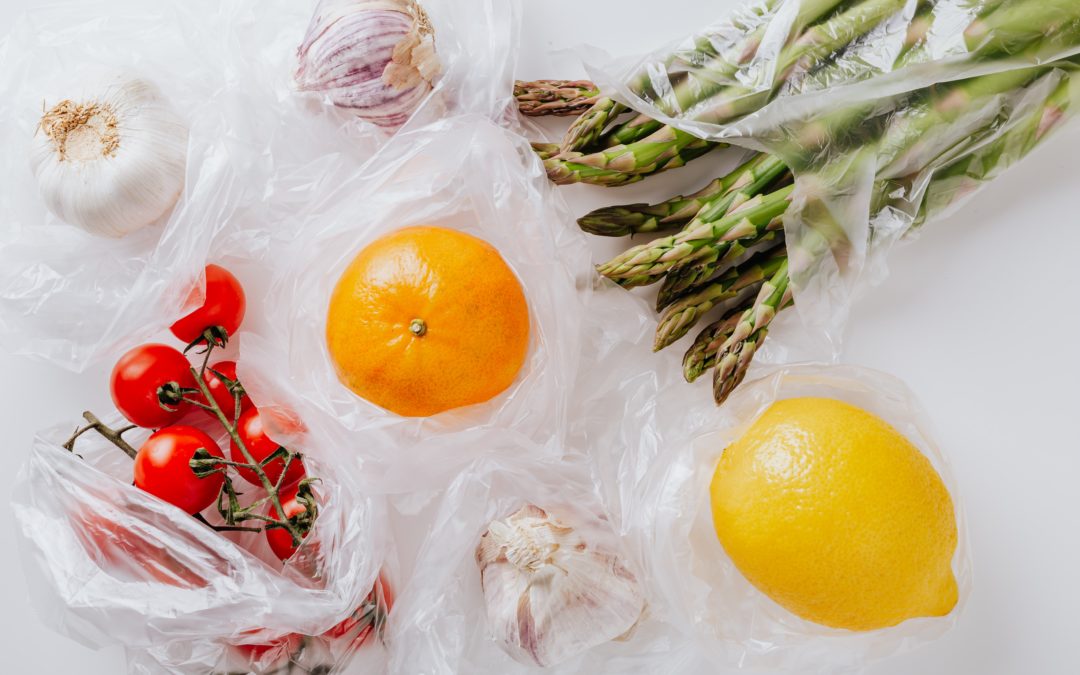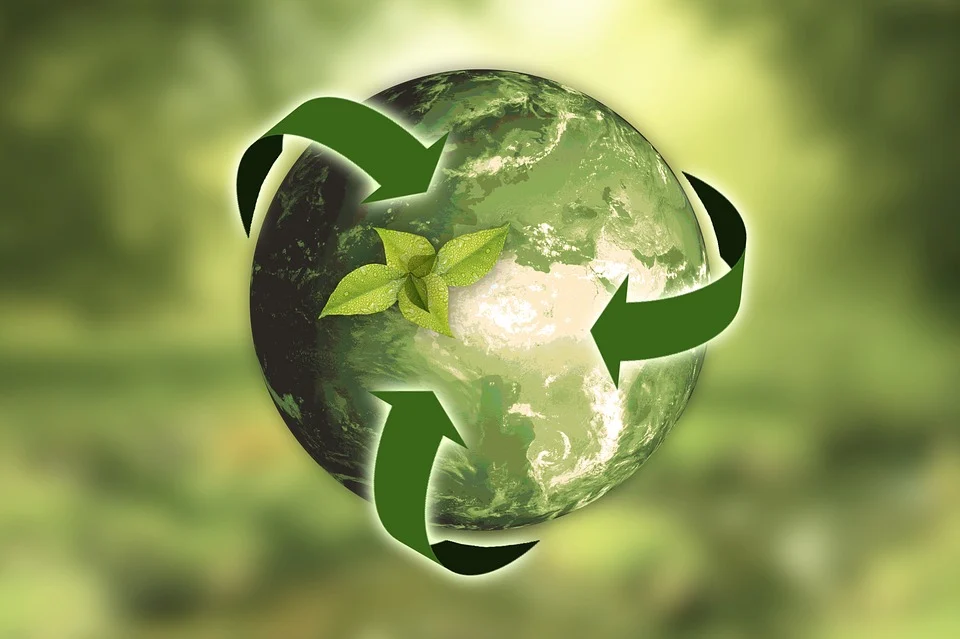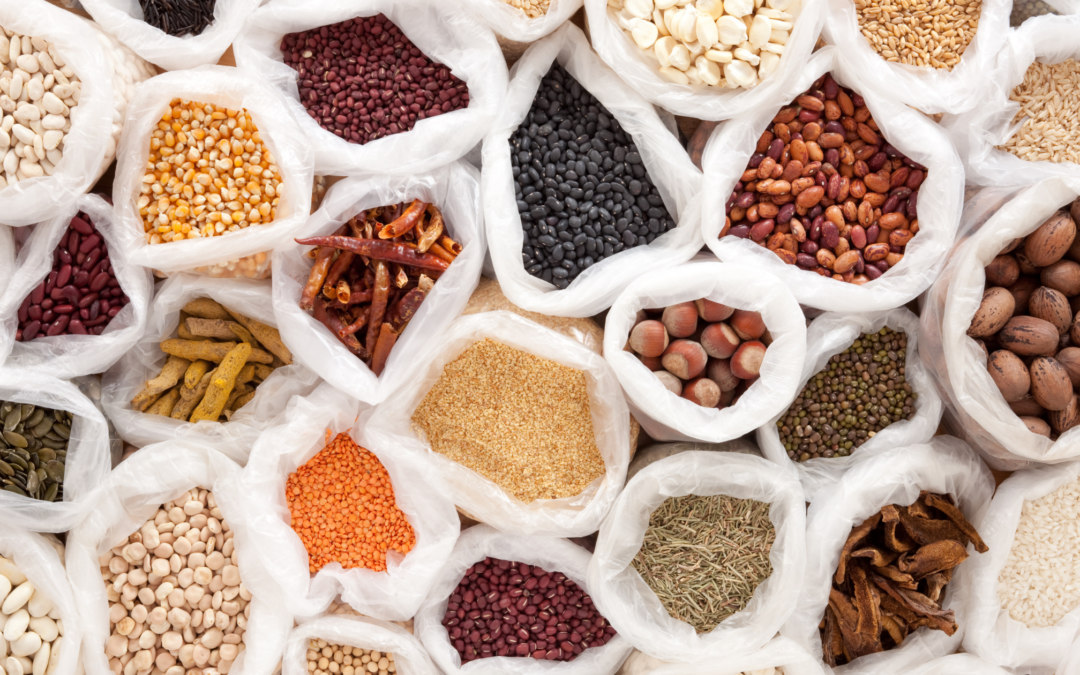
How to Find Food Safe Bags for Small Businesses
Looking for food safe bags for small businesses? A-Pac Manufacturing is here to help! We specialize in manufacturing bags that will keep your products in tip-top shape and allow you to meet every necessary certification.
Read on to learn more about what kind of bags are food safe and how you can invest in the best possible packaging for your company.
What Kind of Bags Are Food Safe?
When it comes to food packaging, the goal is to preserve food quality and freshness by protecting it from any chemical or environmental contamination. You also want to save the food from physical damage – whether during storage or transit.
For a bag to be food-safe, it must meet certain standards established by GFSI (the Global Food Safety Initiative). GFSI helps provide companies and consumers confidence that food is grown, produced, packaged, shipped, and sold safely.
If your business involves food, you are eligible to obtain food safety and compliance certifications. There is an array of certificates to choose from, including:
- ISO 22000 FSMS (Food Safety Management System) certification
- FSSC (Food Safety Management Certification Scheme) 22000 certification
- HACCP (Hazard Analysis Critical Control Points) certification
- BRCGS (British Retail Consortium Global Standards) packaging certification
- FAMI–QS (Quality and Feed Safety Management System) certification
- SQF (Safe Food Quality) certification
- AIB (American Institute of Baking-food) certification
Note: Look at our Food Safety and Compliance Certifications blog to learn more about each option.
How Do I Pick the Right Kind of Bag for My Food Product?
Different foods have specific requirements, but they all need bags designed to hold food. If your product is frozen, the packaging will need to be able to withstand freezing temperatures and be thick enough to avoid freezer burn. Or, if your product is freshly-baked bread, a thin, sealed poly bag would be best to keep moisture in and the bread nice and soft.
Plastic bags are a popular choice for food storage because they’re affordable, flexible, and versatile. They come in various sizes, shapes, strengths, and thicknesses. At A-Pac Manufacturing, we offer an extensive collection of plastic bag packaging options.
We offer various types of poly bags, including flat, wicketed, gusseted, sideweld, and bottom-seal. Two-dimensional flat poly bags are commonly used and are a versatile solution for a wide range of products and applications, such as bread, meat, and poultry.
Gusseted poly bags are also a popular choice. These bags have expandable sides and flat bottoms to accommodate lots of different food products, including coffee, bulk nuts, and cookies.
Invest in Custom Food Safe Bags for Small Businesses
Are you interested in purchasing custom-made food-safe bags for your small business? Look no further than A-Pac Manufacturing! We offer food-safe bags that are fully customizable to fit your needs and set your business apart.
At A-Pac Manufacturing, we specialize in custom poly bag solutions with rapid lead times with no minimum order requirements. Our custom-printed poly bags can replicate any logo or color palette and can be made using flat bags, wicketed bags, zipper bags, gusseted bags, and poly bags with tape closure.
Contact our team to learn more about how we can help you with your custom food packaging needs!


